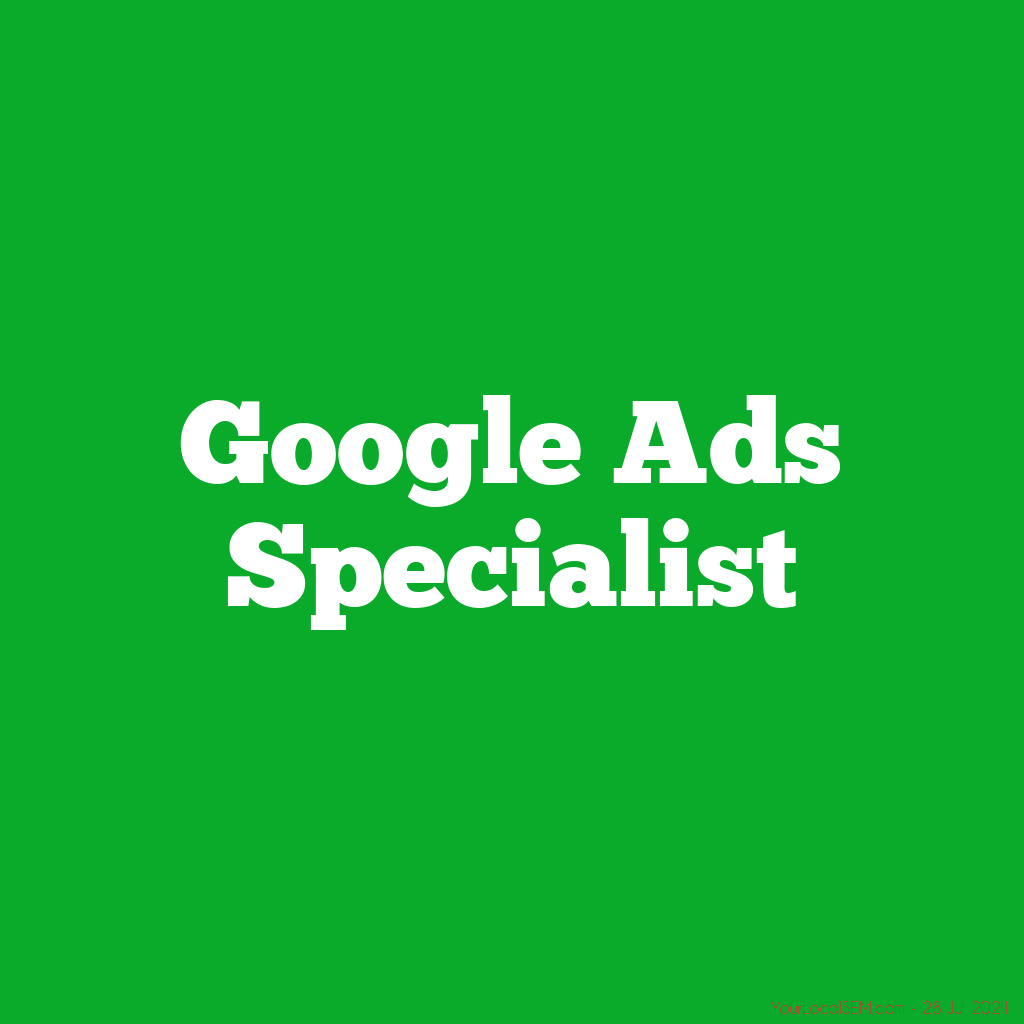Google Ups Mobile Focus with New Local Ad Features in AdWords
In an era where mobile search is at an all-time high, local businesses have a unique opportunity to connect with customers on the go. Recognizing this trend, Google has rolled out new updates to AdWords, designed specifically to help advertisers reach local customers with greater precision and efficiency. Let’s explore the key features of these updates and how they can transform your local advertising strategy.
Precision Targeting with ZIP Codes
One of the most significant updates in AdWords is the ability to target specific neighborhoods using ZIP codes. Previously, advertisers could target broad areas, but this often meant missing out on hyper-local opportunities or wasting budget on irrelevant clicks. Now, businesses can target up to 1,000 ZIP codes in the United States, allowing for incredibly granular targeting. This feature is particularly beneficial for businesses with localized service areas, such as plumbers, electricians, or restaurants.
Why is this important? Studies show that 88% of smartphone users who search for local information take action within a day. With ZIP code targeting, your ads can be tailored to reach those users most likely to convert into paying customers. Whether you’re promoting a special offer, announcing a new service, or simply trying to drive foot traffic to your store, ZIP code targeting ensures your message reaches the right audience at the right time.
Effortless Local Ad Creation
Creating tailored ads for multiple locations has traditionally been a cumbersome process. Google’s new location insertion feature for local extensions simplifies this task dramatically. Instead of crafting separate ads for each location, you can now create a single generic ad and use placeholders for dynamic insertion of city names, phone numbers, or ZIP codes. Google automatically populates these placeholders based on the user’s location, ensuring that the ad feels personalized and relevant.
This feature not only saves time but also enhances the user experience by delivering ads that are directly relevant to the user’s locale. For instance, a restaurant chain can now run a single ad campaign that dynamically adjusts to display the nearest location’s details, thereby improving the likelihood of attracting local customers.
Advanced Location Targeting Enhancements
Google has also made several enhancements to its advanced location targeting options, making it easier for advertisers to refine their audience targeting strategies:
- Clearer Language: Google has simplified the terminology used in location targeting settings, making it more intuitive for advertisers. This change helps reduce confusion and ensures that advertisers can more easily select the right options for their campaigns.
- Focused Targeting: With the new option to target “People in my targeted location,” advertisers can ensure that their ads are shown only to users physically present in the desired area. This is particularly useful for businesses that rely on foot traffic, such as retail stores or restaurants.
- Enhanced Targeting Signals: Google now uses a combination of the user’s physical location and the location information inferred from the content they are viewing to determine ad relevance. This dual approach increases the accuracy of ad targeting, making it more likely that ads will be displayed to users with a genuine interest in the product or service being advertised.
- Refined Exclusions: The default exclusion setting has been updated to prevent impressions for users who are “in, searching for, or viewing pages about” an excluded location. This gives advertisers more control over where their ads appear, helping to avoid wasted spend on clicks from outside their target market.
Conclusion
These new features empower businesses to create highly targeted and relevant mobile ads, reaching local customers more effectively than ever before. By leveraging ZIP code targeting, location insertion, and advanced targeting options, businesses can ensure their ads are seen by the right people on the right devices. This not only drives more foot traffic but also enhances the overall effectiveness of local advertising campaigns.
Have you tried these new features? Share your experiences and insights in the comments below! How are these updates helping you reach your local audience and grow your business?

